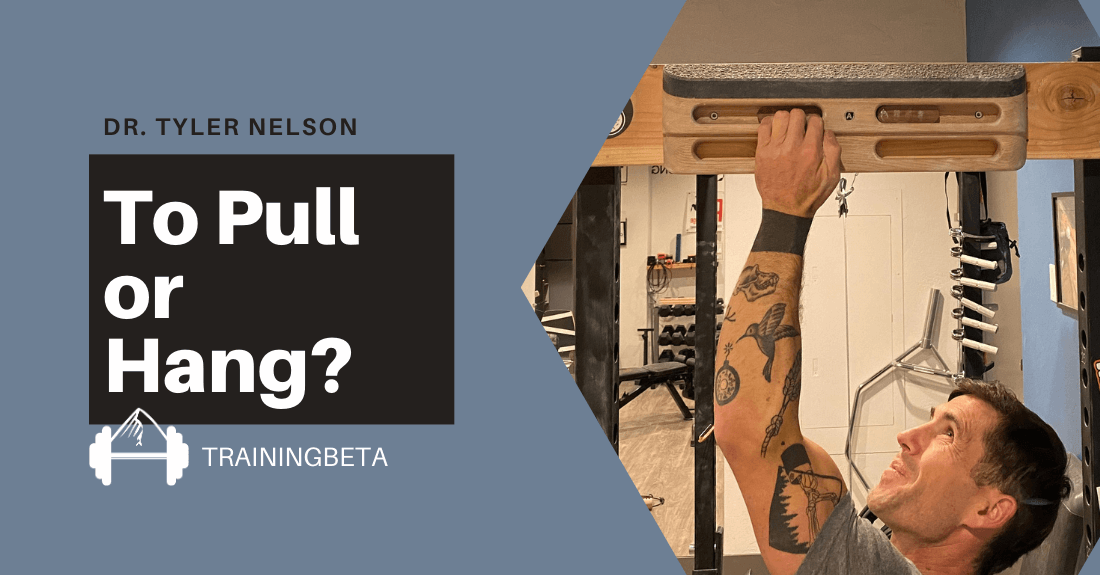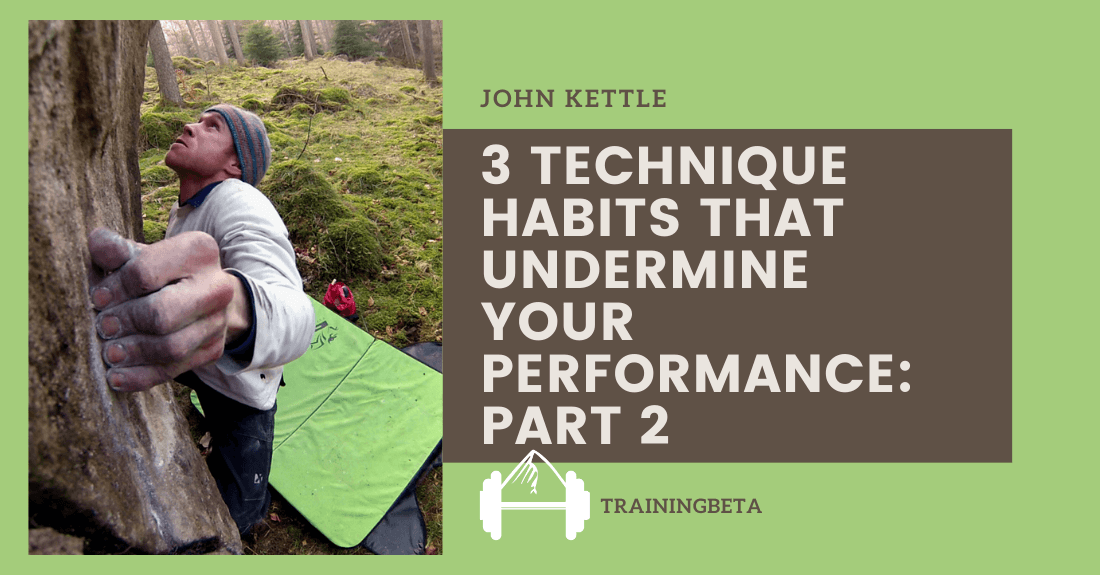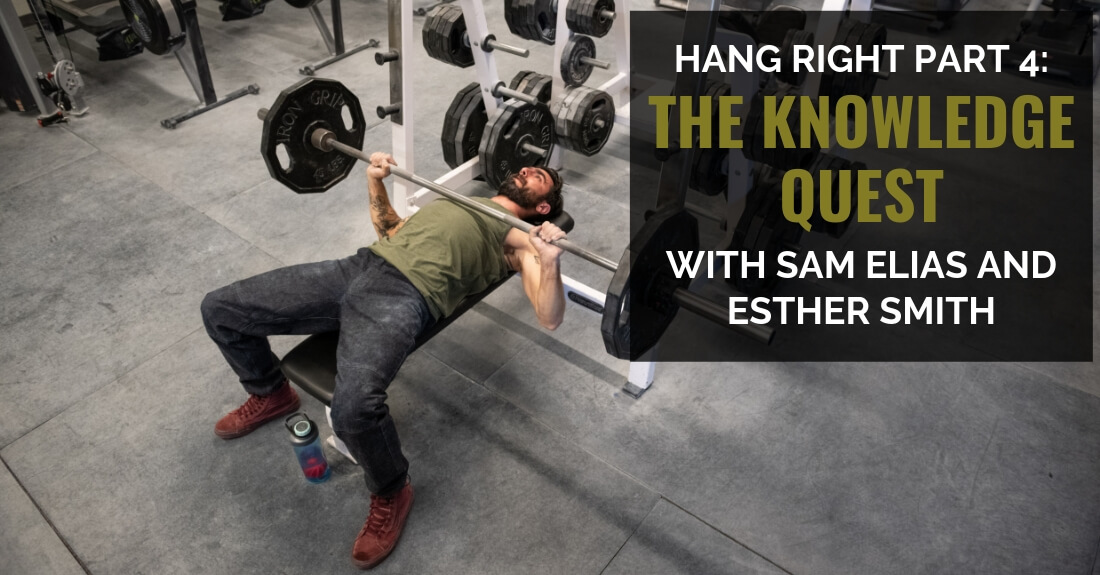If you’re a newer climber or have never really bouldered before, then compression climbing (climbing the relies on squeezing apposing features together) can feel hard an counterintuitive.
To help, here’s an article from Climbing Magazine by professional climber and compression specialist Chris Schulte that outlines the ins and outs of compression climbing. In this article, Schulte goes into depth about how to approach compression climbs and even delves into more advanced concerns like specific movement patterns, conditions, and different body types.
“Despite the straightforward appearance of many compression climbs, a closer survey often reveals a dearth of “real holds,” e.g., crimps, jugs, sidepulls, etc. Distances between the barely there holds can be large, and footholds can often be inconspicuous. Inspect the rock closely to figure out the distance of the spans, the exact placement of the smears, the ideal heel and toe hooks, and the location of any positive holds.” – Chris Schulte
Chris Schulte Compression Climbing Tips:
While different compression climbs are unique and will require their own individual approach, Schulte’s advice breaks down compression climbing into some general concepts that can be applied in most situations. In the article, he covers:
- Compression Movement
- Mindset
- Body Position
- Body Type
- Injury
- Conditions
- Common Mistakes
If you are new to bouldering or struggle with compression, click through below to read the full article. Ultimately, getting out and trying compression climbs on real rock is the best way to improve. However, Chris’ advice in this article will definitely help speed up the learning curve.
Full Article: Compression Climbing with Chris Schulte
(photo courtesy of climbing.com)
Other Articles You Might Like:
- How to Train for Compression
- How to Climb Slopers
- Ultimate Rock Climbing Skin Care Handbook
- How to Heel Hook – Climbing Magazine






Leave A Comment